THE WONDERFUL WORLD OF GRAPES
-

Cabernet Sauvignon
NOBLE GRAPE
Cabernet Sauvignon is one of the world's most renowned red wine grape varieties, originally from Bordeaux, France. Known for its thick, durable skin, it's an extremely resilient varietal that can flourish in a variety of climates. Cabernet Sauvignon wines are rich, full-bodied, and characterized by their high tannin content which lends them excellent aging potential. Their flavor profile typically features dark fruits like blackcurrant, black cherry, along with notes of cedar, violet, and tobacco. While these wines are often enjoyed on their own, their complex structure and bold flavors also make them excellent companions to hearty dishes, such as red meat and strong cheeses.
-

Sauvignon Blanc
NOBLE GRAPE
Sauvignon Blanc is a highly popular and expressive white wine grape variety, originating from the Bordeaux region of France. It thrives in cooler climates and its wines are known for their refreshing, high acidity and aromatic profile. The flavor of Sauvignon Blanc can range from grassy and herbaceous notes when grown in cooler climates, to tropical fruit flavors like passionfruit and guava in warmer regions. One of its most distinct characteristics is a pronounced minerality, often described as a 'flinty' or 'steely' note. Sauvignon Blanc is commonly enjoyed as a standalone varietal, but also features in blends such as Sancerre and Pouilly-Fumé, and Bordeaux Blanc. Its bright acidity and bold flavors make it a perfect match for seafood, poultry, and dishes with green herbs or tangy flavors.
-

Merlot
NOBLE GRAPE
Merlot is a dark blue-black grape variety that originated in the Bordeaux region of France. It's recognized for producing some of the most luxurious wines in the world. Merlot wines are often characterized by their soft, velvety texture and plush tannins, making them more approachable and easy to drink at a young age compared to their Cabernet Sauvignon counterparts. The flavor profile of Merlot can range from black cherry, blackberry, and plum, to more earthy notes of tobacco, graphite, and chocolate when aged. Merlot wines are typically full-bodied with medium acidity and can be enjoyed on their own or paired with a wide variety of dishes, including poultry, red meat, and pasta. Its adaptability to different climates and its smooth, rich flavor have made Merlot one of the most planted grape varieties worldwide.
-

Chardonnay
NOBLE GRAPE
Chardonnay is a globally loved white wine grape variety, originating from the Burgundy region in France. It's prized for its ability to adapt to various climates and soils, resulting in a wide range of flavors depending on where it's grown. In cooler climates, Chardonnay wines tend to exhibit crisp green apple, pear, and citrus flavors, while in warmer climates, they lean towards tropical fruit notes like pineapple and mango. A defining characteristic of many Chardonnays is their interaction with oak, which can introduce flavors of vanilla, butter, and cream, and a richer, fuller body. However, unoaked Chardonnays, which are leaner and more mineral-driven, have also gained popularity. Chardonnay pairs well with a variety of foods, including fish, shellfish, poultry, and dishes with creamy sauces.
-

Pinot Noir
NOBLE GRAPE
Pinot Noir is a red wine grape variety that originates from the Burgundy region in France. Notoriously difficult to cultivate due to its thin skin and sensitivity to environmental conditions, it's nonetheless cherished for the elegant and complex wines it produces. Pinot Noir wines are typically light to medium-bodied, with a delicate structure and high acidity. They are known for their aromatic profile, featuring red fruit notes like cherry, strawberry, and raspberry, along with earthier tones of mushroom, forest floor, and sometimes a hint of spice. When aged in oak, they can develop subtle hints of vanilla and smoke. Despite its reputation for being challenging to grow, Pinot Noir's captivating elegance and versatility with food pairings—from poultry and red meat to fish and vegetables—have driven its spread and popularity across the globe.
-

Riesling
NOBLE GRAPE
Riesling is a white grape variety originating from the Rhine region in Germany. It's celebrated for its high acidity and the diverse styles of wine it can produce, ranging from bone-dry to very sweet dessert wines. Riesling wines are renowned for their vibrant aromatics, exhibiting notes of green apple, citrus, peach, and often a unique petrol-like character with age. In sweeter versions, you might also detect honey and tropical fruit. One of Riesling's distinguishing traits is its pronounced minerality, reflecting the terroir of where it's grown, especially in regions with slate soils. Despite the varying sweetness levels, a well-made Riesling typically maintains a refreshing balance due to its sharp acidity. Riesling pairs well with a variety of cuisines, especially spicy and Asian dishes, due to its fruity sweetness and acidity.
-

Cabernet Franc
Cabernet Franc is a red grape variety known for being one of the parent grapes of Cabernet Sauvignon, and it originated in the Bordeaux region of France. It is typically lighter in color and body compared to Cabernet Sauvignon and is often marked by a bright, high acidity. The flavor profile of Cabernet Franc includes red and black fruits such as raspberries, blackberries, and occasionally plum, but its defining characteristics are its pronounced herbal, leafy qualities, often described as bell pepper, along with notes of graphite and violets. The wine's medium tannin level and refreshing acidity make it versatile for food pairing, complementing dishes ranging from roasted poultry and pork to various types of cheese. While it's frequently used in blends, particularly in Bordeaux, Cabernet Franc also shines as a standalone varietal, showcasing its unique combination of fruit, herbaceousness, and minerality.
-

Pinot Grigio/Gris
Pinot Grigio and Pinot Gris refer to the same white grape variety, with the former name used mainly in Italy and the latter in France, particularly in Alsace. The difference often lies more in the style of wine produced than in the grape itself. Pinot Grigio is typically light-bodied, crisp, and fresh, offering subtle aromas of pear, apple, and citrus, along with some floral and almond notes. It's usually produced in a dry style and is known for its zesty acidity and minerality, making it a delightful accompaniment to seafood, light pastas, and cheese. On the other hand, Pinot Gris often represents a richer, fuller-bodied style. The wines from Alsace and similar regions can exhibit honeyed complexity with flavors of ripe peaches, apricot, and even exotic fruits, along with spice undertones and often a touch of sweetness.
-

Grenache/Garnacha
Grenache, or Garnacha as it's known in Spain, is a red wine grape variety widely grown in Spain and the southern regions of France. It is particularly prominent in the Rhône Valley in France and in Priorat and Rioja in Spain. This grape thrives in hot, dry conditions, producing high-alcohol, full-bodied wines. Grenache/Garnacha wines are known for their rich, fruity character, typically showcasing flavors of ripe red fruit like strawberries, cherries, and raspberries, along with hints of white pepper, cinnamon, and leather when matured. Despite their full-bodied nature, these wines are often lower in tannins, which gives them a softer mouthfeel. Grenache/Garnacha is frequently used in blends, such as the iconic GSM (Grenache, Syrah, Mourvèdre) blend of the Rhône, but can also make outstanding single-varietal wines. Whether enjoyed alone or paired with grilled meats, pasta, or cheese, Grenache/Garnacha offers a warm, spicy, and generously fruity wine experience.
-

Viognier
Viognier is a white wine grape variety best known for its production in the Northern Rhône region of France, particularly in the appellations of Condrieu and Château-Grillet. Viognier wines are often full-bodied and characteristically aromatic, featuring a perfumed bouquet of white flowers, ripe peaches, apricots, and often a hint of tropical fruit. They can also exhibit intriguing notes of musk, honey, or even baking spice, especially when aged in oak. Despite the opulent fruit and floral qualities, Viognier typically maintains a refreshing acidity that keeps the wine balanced. Viognier is usually made in a dry style, although there are also sweet late-harvest versions. While it can be enjoyed on its own, its rich flavor profile pairs well with a range of dishes, including spicy Asian cuisine, seafood, and poultry with creamy sauces. Due to the complex and heady nature of this wine, it's often appreciated by those who also enjoy Chardonnay.
-

Syrah/Shiraz
Description goes hereSyrah and Shiraz are two names for the same red grape variety, known for its powerful, full-bodied wines. The grape is called Syrah in its birthplace in the Rhône Valley of France and in most of the world, while Australians and South Africans often refer to it as Shiraz. French Syrah wines, particularly those from Northern Rhône appellations like Côte-Rôtie and Hermitage, are known for their deep color, high tannin, and flavors of dark fruit such as blackberry and plum, along with earthy and peppery notes. On the other hand, Shiraz from warmer Australian regions like Barossa Valley often express riper fruit characteristics, with flavors leaning more toward blueberry and chocolate, and can sometimes have a slightly sweeter taste profile. Despite these stylistic differences, both Syrah and Shiraz wines are generally recognized by their intense fruit concentration, strong tannins, and the potential to age and develop complex flavors over time. They pair well with red meats, game, and other richly flavored dishes.
-
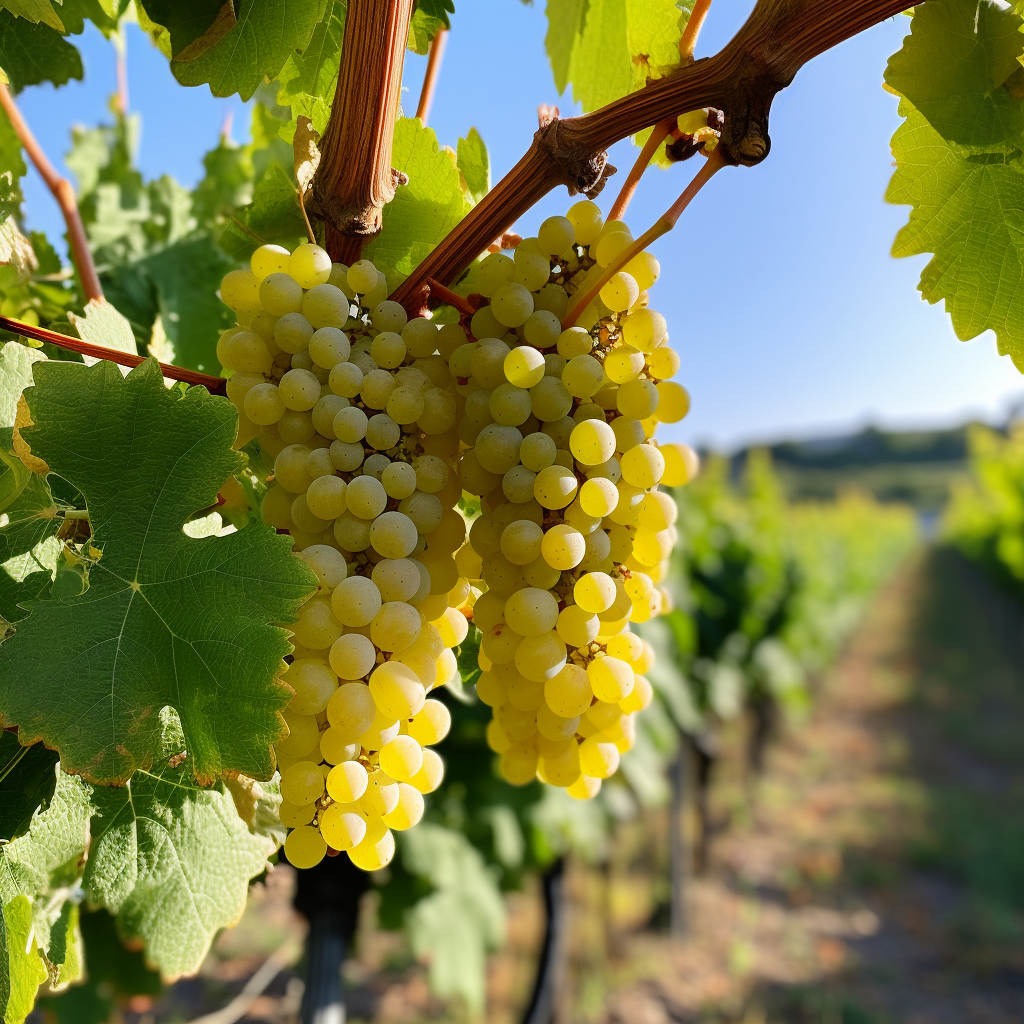
Chenin Blanc
Chenin Blanc is a versatile white grape variety originating from the Loire Valley in France. Known for its high acidity and excellent aging potential, it can produce a wide spectrum of wine styles, ranging from bone dry to lusciously sweet, and even sparkling wines. The flavor profile of Chenin Blanc includes green apple, quince, pear, and often a distinctive note of wet wool or straw when made in a dry style. In sweeter versions or with some bottle age, it can develop flavors of honey, apricot, and nuts. An iconic trait of Chenin Blanc is its minerality, especially when grown in chalky soils. Chenin Blanc is also widely grown in South Africa, where it's sometimes known as Steen, and where it often shows a fuller, more tropical fruit profile. Its bright acidity and range of flavors make it a flexible pairing for a variety of dishes, including seafood, chicken, pork, and a range of cheeses.
-
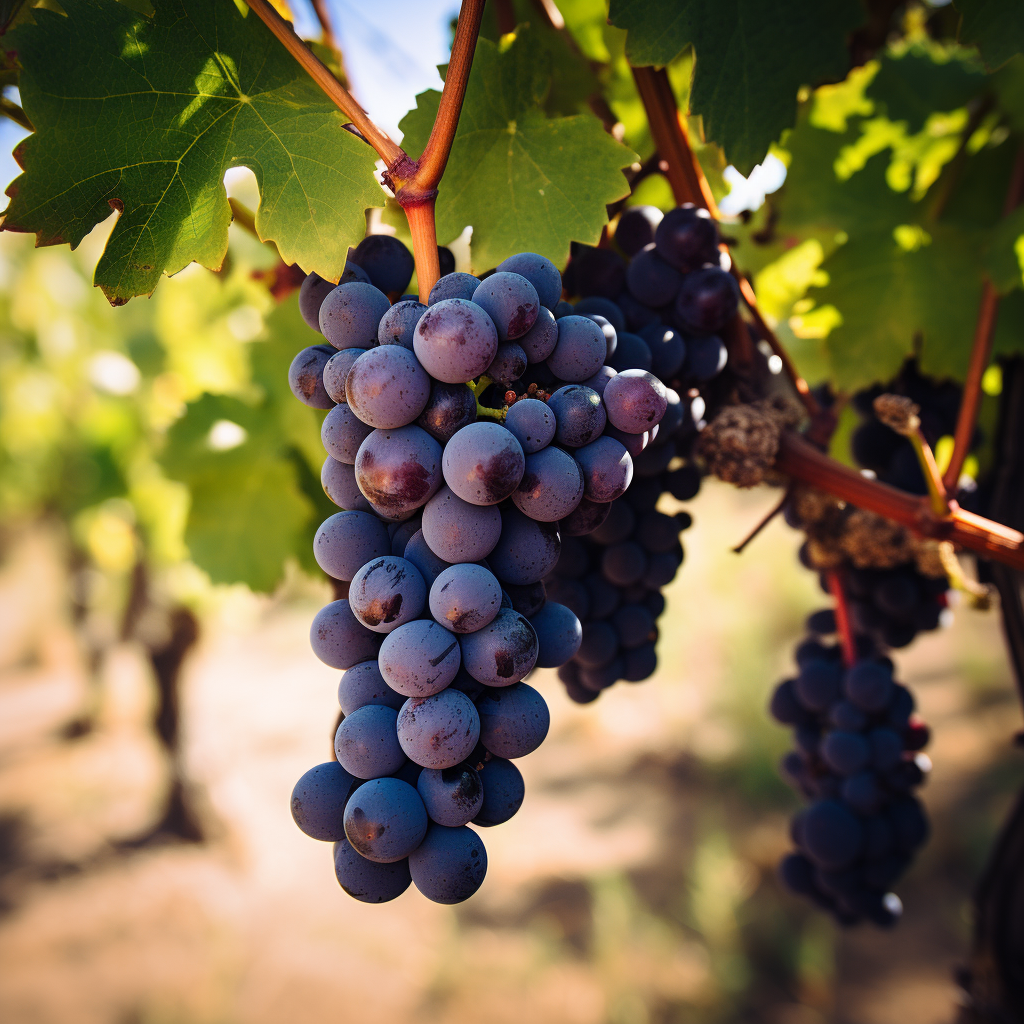
Malbec
Malbec is a purple grape variety that is used in making red wine. While it originated in France and is still grown in regions like Cahors, it is perhaps best known for its success in Argentina, especially in the Mendoza region. Malbec wines are known for their deep, dark color and intense fruit flavors, often characterized by notes of blackberry, plum, and black cherry. They also often exhibit hints of cocoa, leather, and sometimes a floral quality. Malbecs are typically full-bodied, with medium acidity and high levels of tannins, lending them good aging potential. Despite their robust character, Malbec wines are often noted for their velvety, smooth texture. They pair particularly well with red meats, making them a favorite choice for barbecues and other meat-centric meals.
-
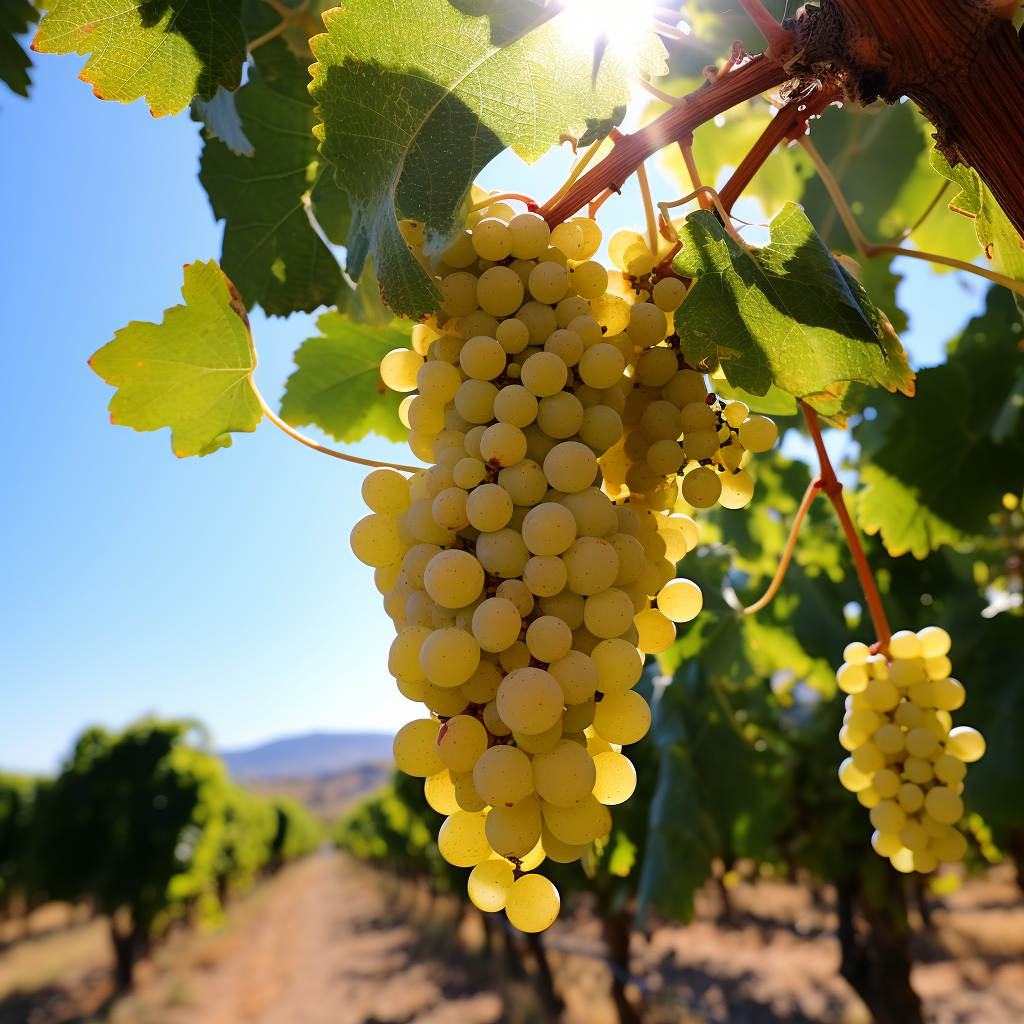
Torrontes
Torrontés is a white wine grape variety primarily grown in Argentina, where it has become something of a national emblem. It's best known for producing aromatic, fresh wines that express a rich bouquet of floral aromas, including rose petals and geranium, along with fruit flavors like peach, citrus, and melon. Despite its often intensely fruity and floral nose, Torrontés wines are usually made in a dry style, displaying a refreshing acidity that balances the wine’s inherent aromatic richness. Some versions can also showcase a subtle mineral or spicy quality. These unique characteristics make Torrontés a delightful partner to a range of dishes, especially spicy Asian or Latin American cuisines, seafood, and poultry. The uniqueness and aromatic charm of Torrontés make it a captivating discovery for white wine lovers.
-
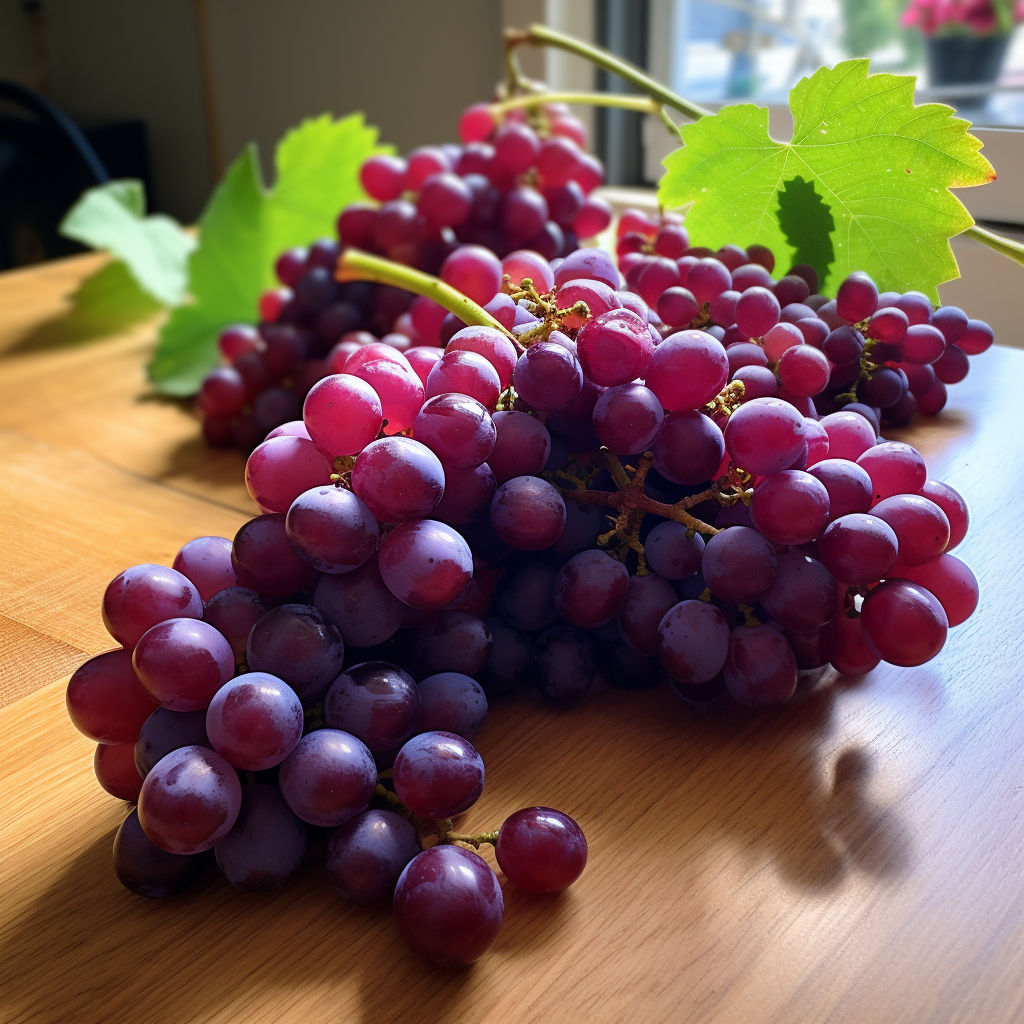
Italian Red Grapes
Italy is home to a multitude of red grape varieties, each expressing a unique aspect of the country's diverse landscape. Sangiovese, the primary grape in Chianti and Brunello di Montalcino, is Italy's most planted red variety. Known for its high acidity and medium to high tannin levels, it typically exhibits flavors of tart cherries, tea leaf, and tomato, along with earthy notes. Nebbiolo, the star grape of Barolo and Barbaresco in Piedmont, is renowned for its high tannins, high acidity, and complex flavors of rose, cherry, anise, and leather. These wines have a remarkable aging potential. Amarone is made from partially dried Corvina, Rondinella, and other grapes, producing a rich, full-bodied wine with dried fruit, spice, and mocha flavors. Primitivo (a.k.a. Zinfandel) from Puglia, and Nero d'Avola from Sicily, are known for their bold, ripe fruit flavors and full bodies. Each of these grapes contributes to the rich array of Italian wine, offering a range of styles to suit any palate or meal.
-
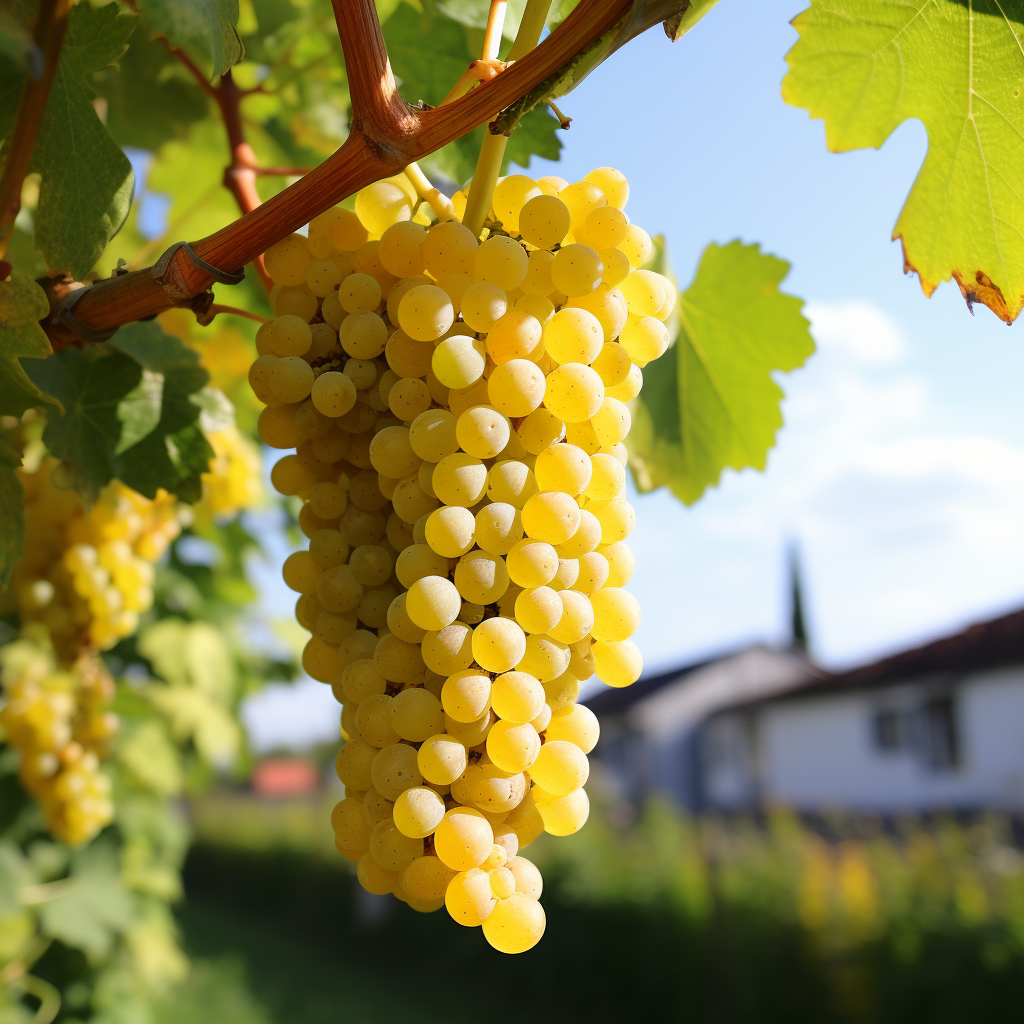
Gewürztraminer
Description goes hereGewürztraminer is a white grape variety known for producing aromatic, full-bodied wines. The grape has its origins in the Alsace region of France, but it's also grown in other parts of the world, including Germany, Italy, and New World regions like the United States and New Zealand. Gewürztraminer wines are recognized for their heady, perfume-like bouquet that can include notes of rose petal, lychee, grapefruit, and exotic spices such as ginger and allspice. The palate often reveals tropical fruit flavors, a hint of sweetness, and sometimes a touch of minerality. Despite the abundant aromatics and fruitiness, Gewürztraminer wines usually have low to medium acidity, which can give them a round, opulent mouthfeel. This unique flavor profile makes Gewürztraminer a versatile pairing for a wide range of foods, including spicy dishes, strong cheeses, and rich, fatty meats. Its distinctive taste and aroma make it an intriguing varietal for those seeking something a bit out of the ordinary.
-
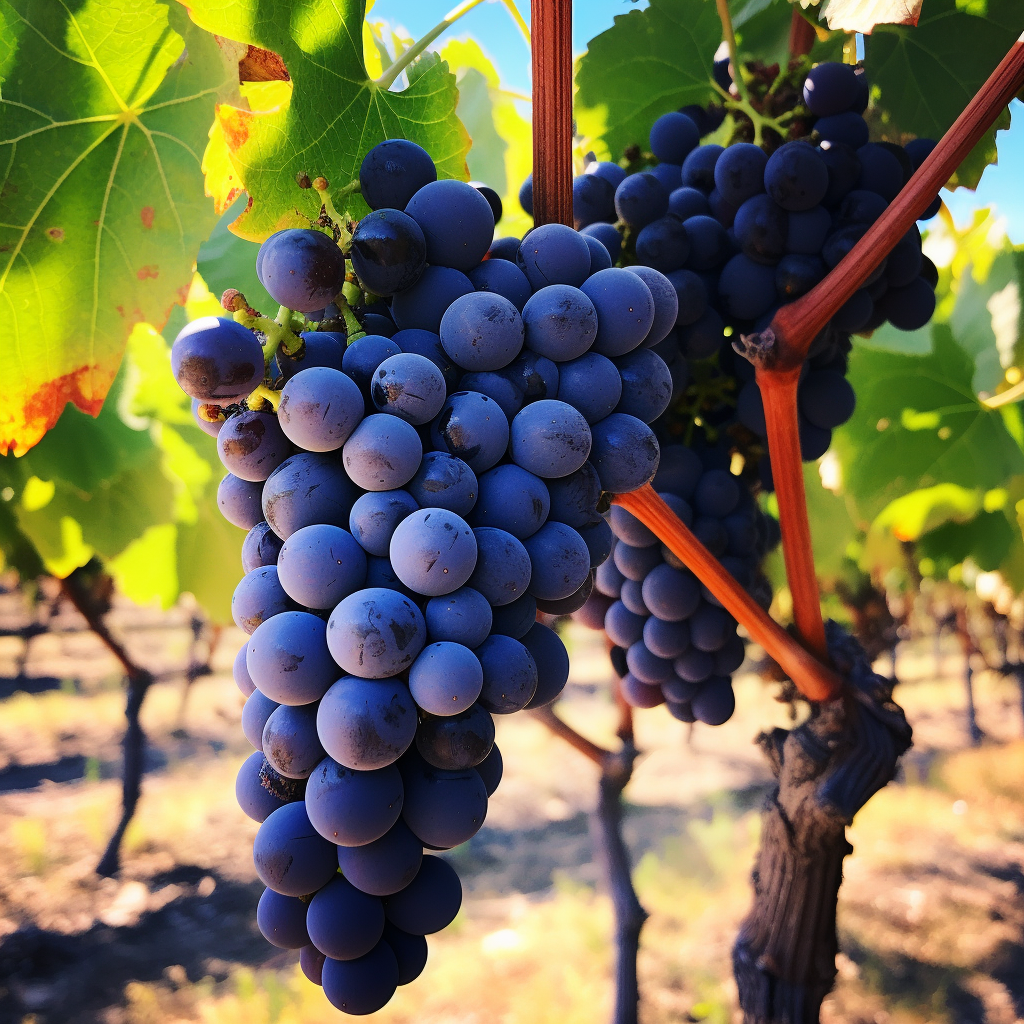
Tempranillo
Tempranillo is a black grape variety extensively grown to produce full-bodied red wines in its native Spain, particularly in the Rioja and Ribera del Duero regions. Named after the Spanish word 'temprano', meaning early, it ripens sooner than most Spanish grapes. Wines produced from Tempranillo grapes generally exhibit flavors of plum and berries, accompanied by notes of tobacco, cedar, and leather from oak aging. The wines tend to have a noticeably deep ruby color, medium to high tannin levels, and medium acidity. Despite their robust structure, they are usually smooth and mellow on the palate. With age, Tempranillo wines can develop rich complexities, with flavors evolving towards dried fruit and savory spice. They pair exceptionally well with a variety of foods, including Spanish tapas, grilled meats, and hard cheeses. As Spain's most notable grape, Tempranillo provides the backbone for some of the country's most revered wines.
-
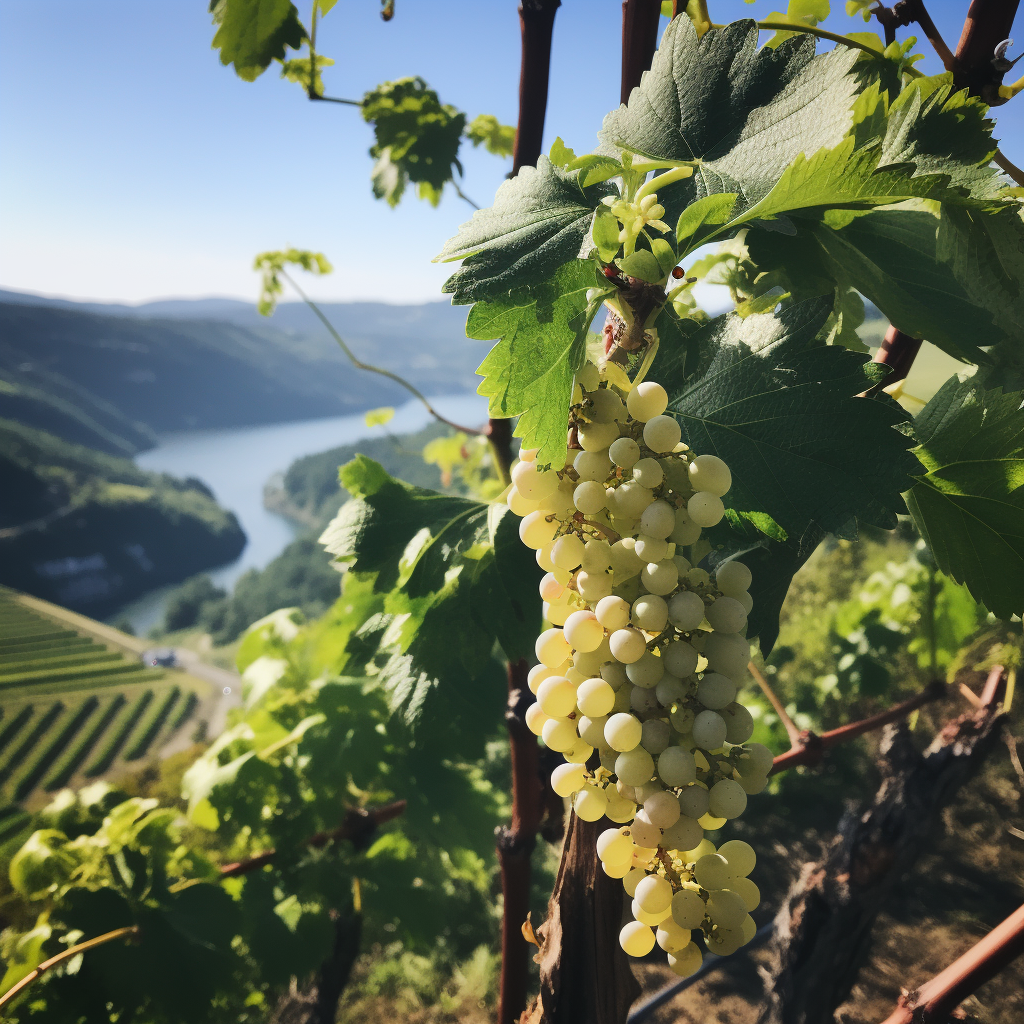
Albariño/Alvarinho
Albariño is a white grape variety primarily grown in Galicia, in the northwest of Spain, and in Portugal, where it's known as Alvarinho. It's the key grape variety in the Spanish Denominación de Origen (DO) of Rías Baixas. Albariño is known for producing high-quality, aromatic wines that exhibit a brisk acidity. The flavor profile is typically characterized by notes of zesty citrus, ripe stone fruits like peaches, and melon, often underscored by a distinct minerality and subtle salinity that reflect its coastal origins. Some Albariño wines may also show a slight bitter finish reminiscent of almonds. These wines are usually made in a dry style and are enjoyed young to best appreciate their fresh, vibrant flavors. Given their coastal heritage, Albariño wines naturally pair well with seafood, especially shellfish, but can also complement a range of poultry, salads, and lighter vegetarian dishes.



